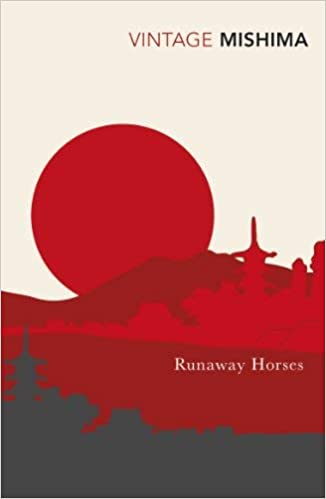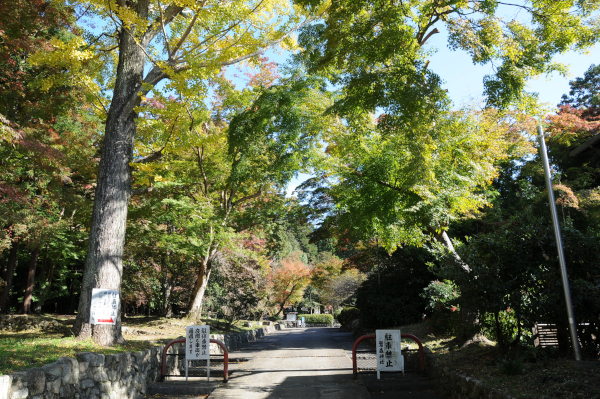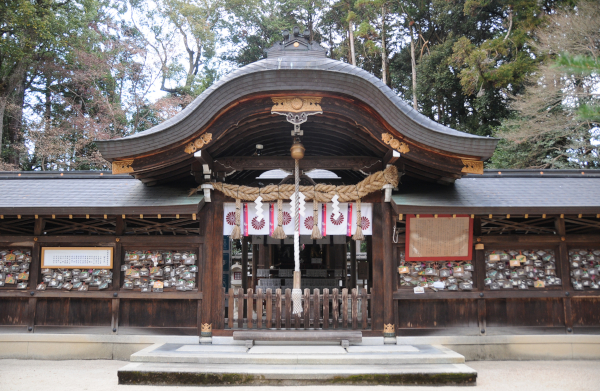I found out about this new museum recently and just had to check it out (I love my job). It’s always special to find something brand new in Kyoto, where everything else dates back hundreds of years and even people are not considered “real” Kyoto people unless their family moved to Kyoto “before the war” – the Onin War of 1467, mind you…
The Zenbi Kagizen Art Museum in Gion was established last year, and it is housed in a newly-built building in zen-like style, very minimalistic. An effort has been made to make it fit among the surroundings, which also show a traditional exterior.
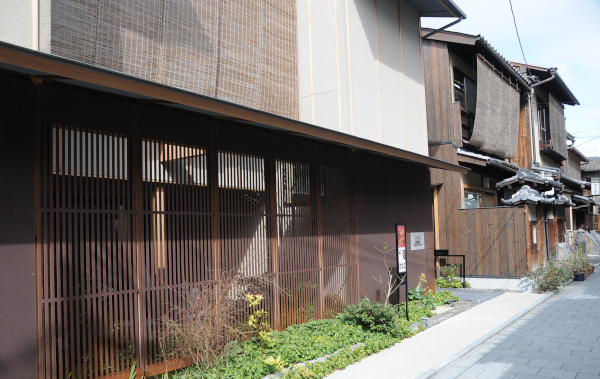
This little museum is a private one, founded by the Kagizen Yoshifusa, a maker of traditional Kyoto sweets that dates back to the Edo period. Usually, sweets shops like these cater to monks and tea houses, since traditional kyo-gashi confectionary is most often used at tea ceremonies or to offer to guests. However, back in the Showa period, the then-head of the family, Zenzo, managed to establish the Kagizen as a salon for artists, writers, researchers, in short: the intellectual crowd of Kyoto. Their sweets have been immensely popular among general citizens as well.

So, said Zenzo, the 12th generation head of the family, made lots of connections to the local art scene, and especially the mingei movement (folk art) headed by Kawai Kanjiro was favoured by him. He also established a deep friendship with Tatsuaki Kuroda, a wood craftsman and lacquer artist, who designed pieces for the Kagizen store and teahouse. This friendship laid the foundations of the museum’s collection, and I wish I had found the museum already last year, because the very first exhibition was about the connection between Kuroda and Zenzo – and I love lacquerware.
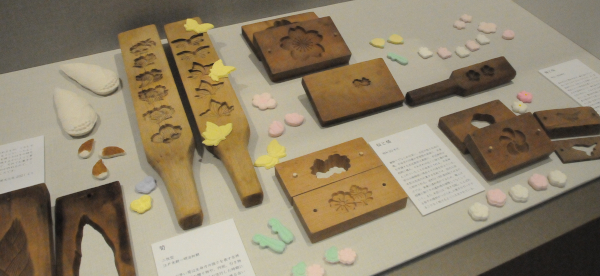
But their current exhibition on wooden molds for sweets is equally fascinating, because it explores the history of the Kagizen Yoshifusa as sweets maker famous for higashi, dried sweets. These tea-ceremony favourites are often nothing more than sugar, sometimes colored, and pressed into molds to create a large variety of shapes. Chrysanthemums and other flowers are common, as are seashells and fish. For weddings etc. there are auspicious cranes or turtles, and each new year sees the appropriate zodiac animal.
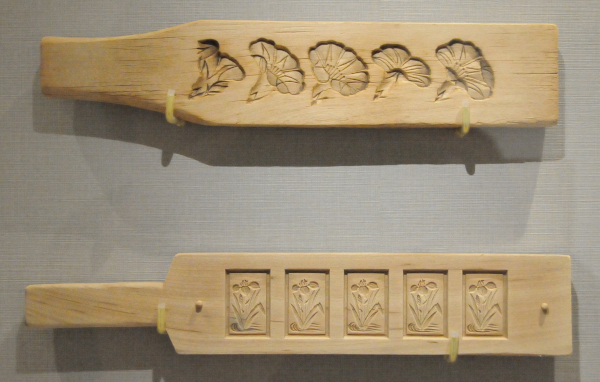
I was surprised by the variety of the shapes, and how delicately the molds were carved. Of course, this is a job for an expert, and besides molds used by the Kagizen over the years, there were also some from a collection of a 3rd generation artisan sweet-mold maker. My favourite? The astronauts!
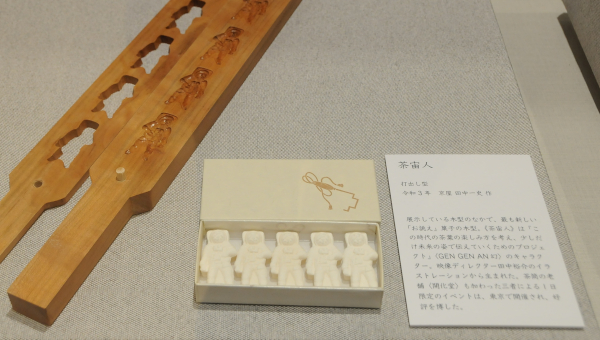
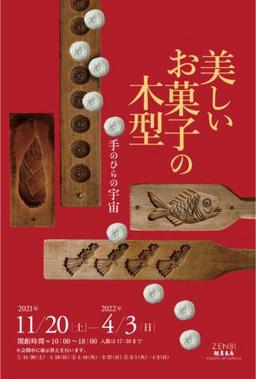
So, if you’d like to check out this lovely new museum, here’s their website: https://zenbi.kagizen.com/ The exhibition on the sweets molds is on until April 10, 2022.
On the way home, drop by at the shop on Shijo dori and get some sweets – definitely worth it as well! https://www.kagizen.co.jp/en/store/

